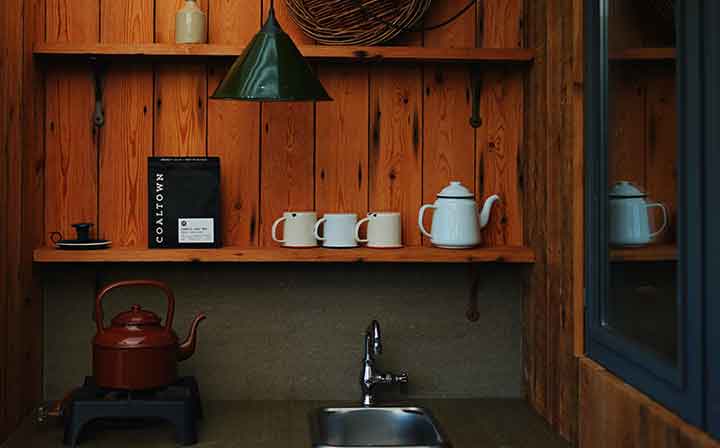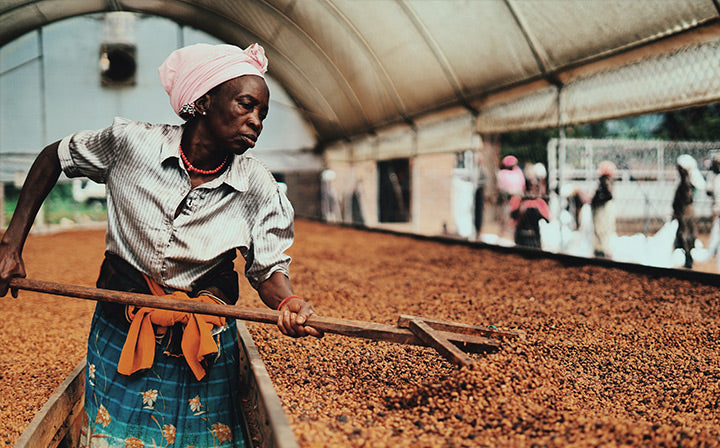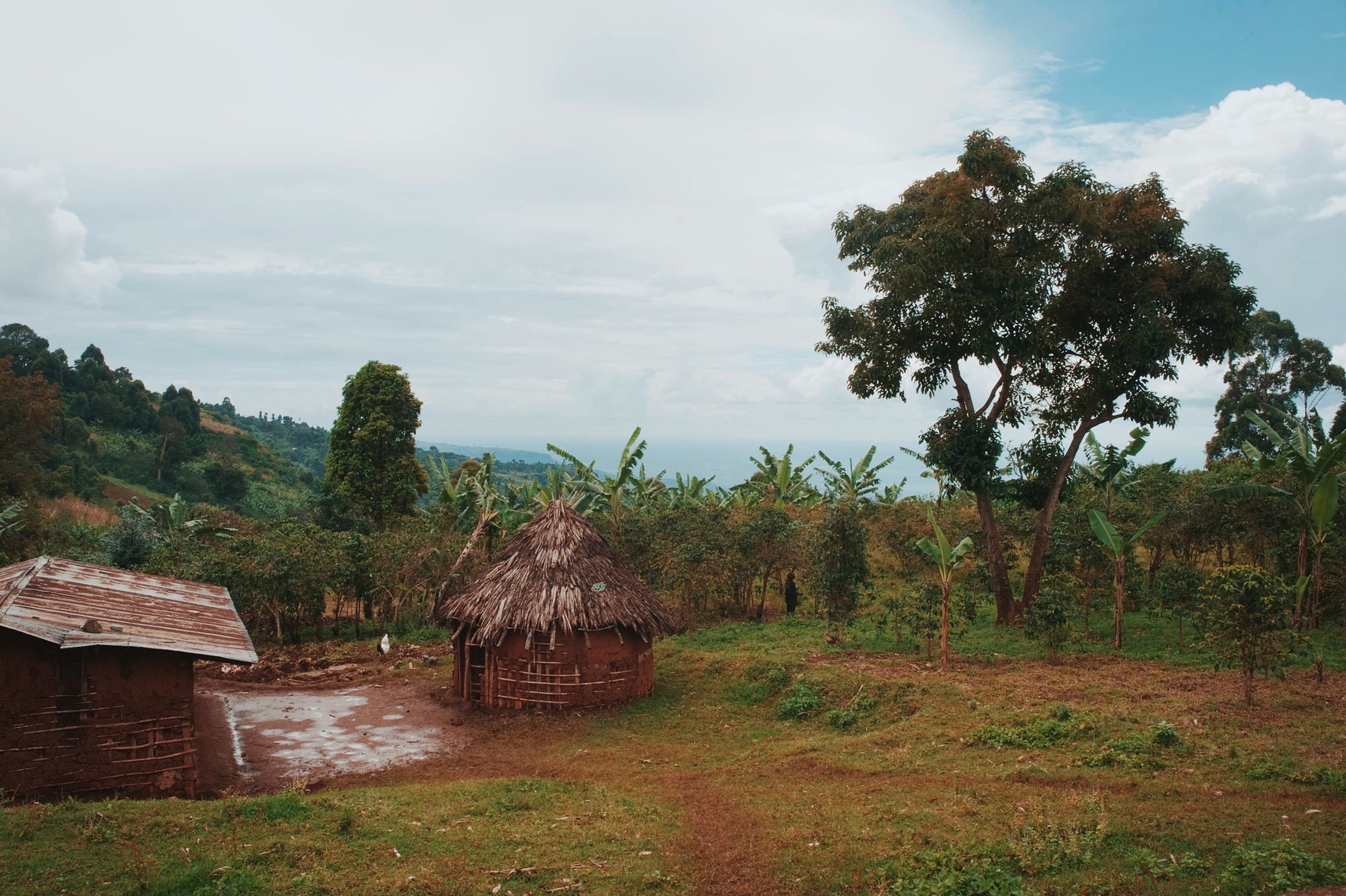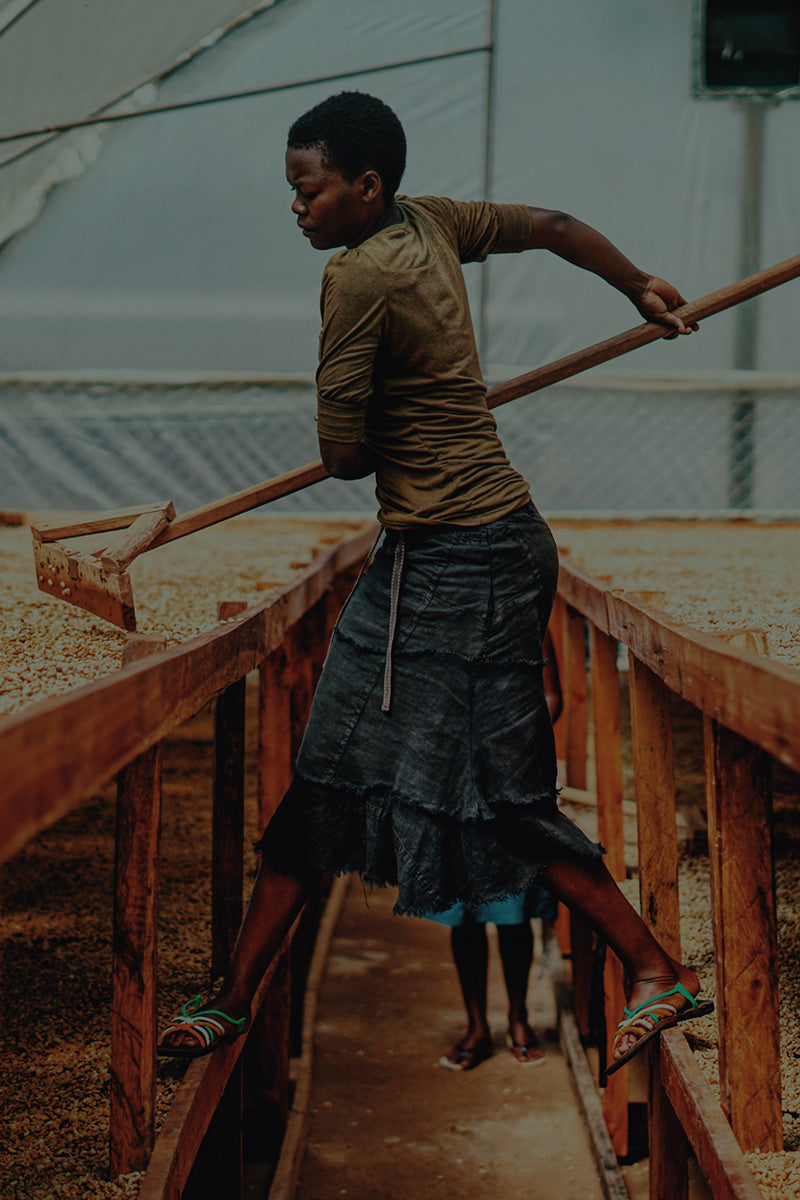Origin History
Coffee is a key part of Uganda’s economy, making up 95% of its exports and supporting around 20% of the population. While the country is the world’s largest producer of Robusta, it has seen significant growth in Arabica coffee production in recent years, particularly in the Rwenzori and Mount Elgon regions. These areas, with their rich soils and high altitudes are perfect for growing high-quality Arabica beans.
Robusta has long been Uganda’s main coffee variety, with the country home to some of the world’s oldest wild coffee plants. Smallholder farmers often grow coffee alongside other crops like bananas, creating a self-sustaining system that allows coffee to flower twice a year. In addition to Robusta, Uganda also produces wet-processed Arabica, mainly from the slopes of Mount Elgon and along its western border with the Democratic Republic of Congo. These coffees are known for their fruity, winy flavours, like those from Kenya and are grown at altitudes between 1,600 and 1,900 metres.
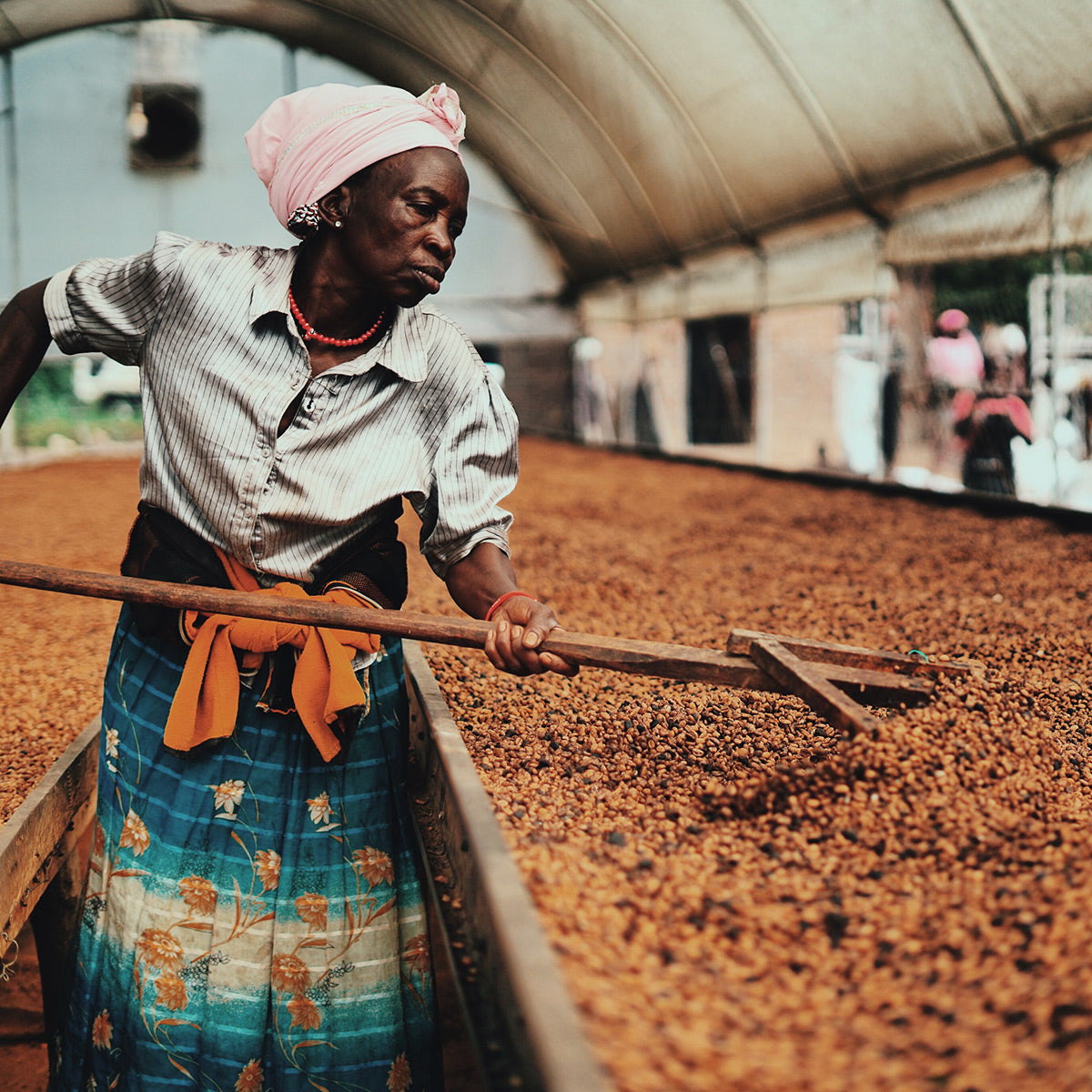
Population: 48m
Altitudes: 1,200-2,300m
Farmers: 1.5m
Average Farm Size: 0.5-2 Hectares
Varietals: SL28, Typica, Kent, Bourbon
Processes: Natural, Washed
Rainfall: 1,00-2,000mm
Yearly yield: 4m 60kg Bags
Present Day
To the west, the Rwenzori Mountains, known as the ‘Mountains of the Moon,’ provide ideal conditions for Arabica cultivation. Coffee here is mostly processed using the natural method and the high altitude (1,200 to 2,300 metres above sea level) contributes to its unique flavour profile. Uganda’s total annual coffee production is around 4.75 million 60kg bags, with Robusta making up the majority, although Arabica is steadily increasing.
In 2023/24, Uganda exported 6.13 million bags of coffee, a 35% increase in value compared to the previous year. This highlights the growing global demand for Ugandan coffee. The Uganda Coffee Development Authority (UCDA) is working to improve quality, and farmers are enjoying the highest prices in 30 years. However, challenges remain, including pests like coffee wilt disease and logistical difficulties due to the country’s landlocked position.
Looking ahead, Uganda’s Coffee Roadmap aims to produce 20 million 60kg bags annually by 2030, with plans to quadruple production. With its rich coffee heritage, ideal growing conditions and ambitious plans for growth, Uganda is set to become an even bigger player in the global coffee market.
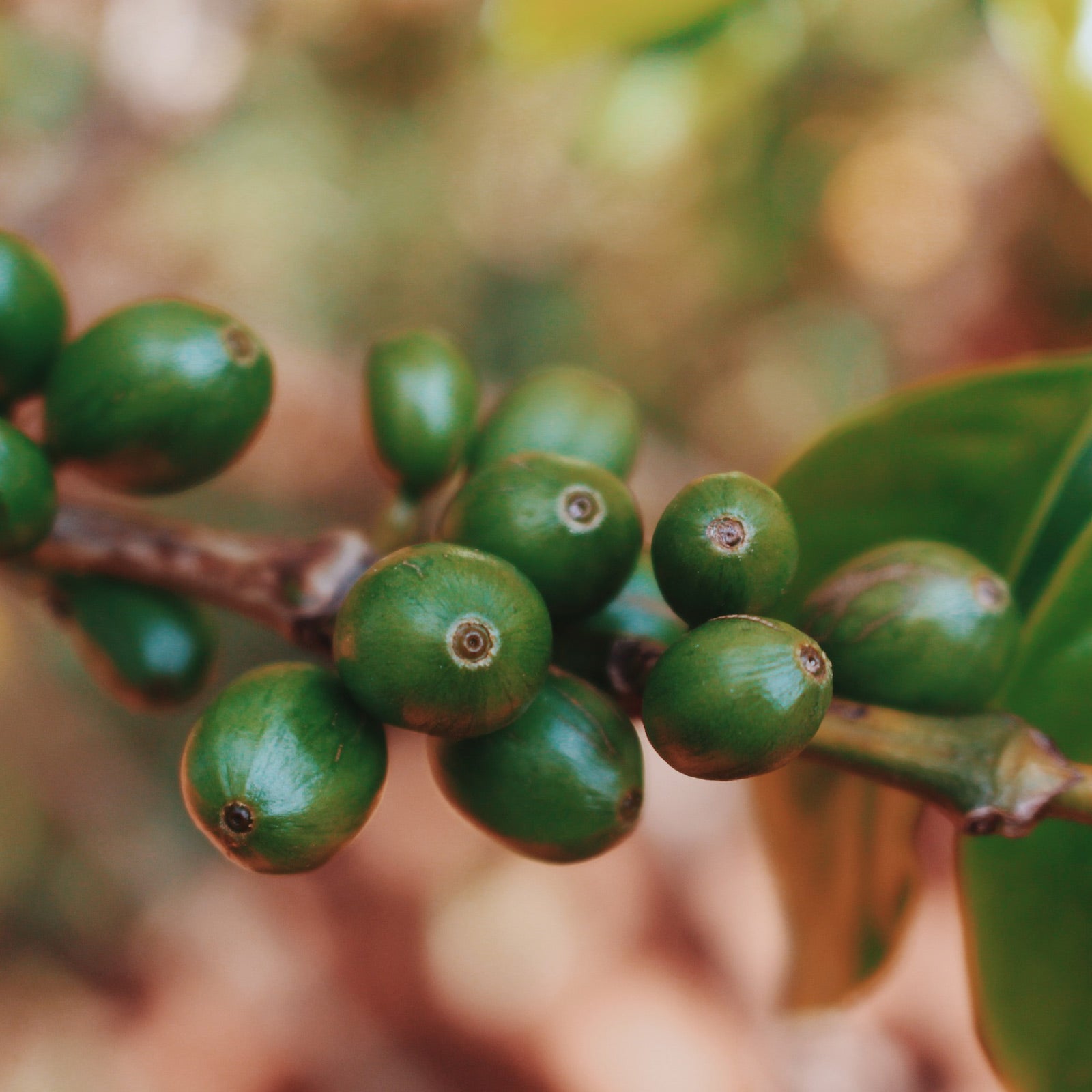
Coffee Arabica
SL28
Both SL28 and SL34 were developed in Kenya in the 1930s and are offspring of a hybrid between Bourbon and a local variety. These varietals are famous for their bright acidity and complex fruit flavours, particularly berries, citrus and tropical fruits. SL28 tends to have a juicier, wine-like profile, while SL34 is slightly more citrus-forward. They are highly susceptible to coffee diseases like coffee berry disease and leaf rust, but they offer unparalleled flavour complexity when grown in optimal conditions, typically at altitudes above 1,500 metres. The beans have a higher water content, contributing to their vibrant and juicy cup profiles.
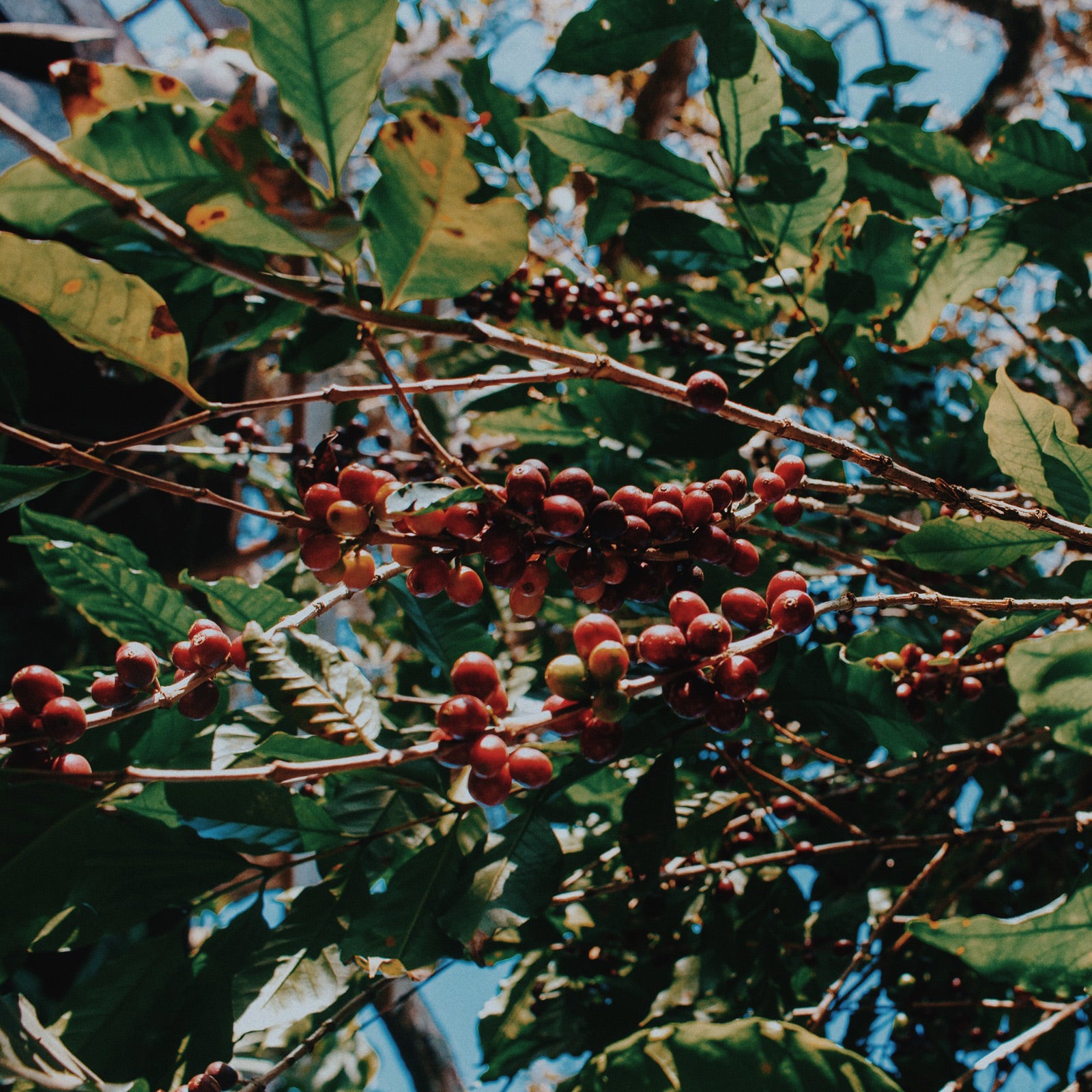
Coffee Arabica
Typica
Typica is one of the most important and widespread Arabica cultivars in the world, forming the base genetic stock for many other varieties, including Caturra, Bourbon and Gesha. It’s native to Yemen but is now cultivated in coffee-growing regions across the globe, typically at altitudes between 1,000 to 2,000 metres. Typica is renowned for its well-rounded flavour, with moderate acidity, medium body and complex sweetness. It often exhibits fruity, floral or nutty notes depending on the region in which it’s grown. This cultivar is quite hardy, though it can be susceptible to certain diseases and its production is often lower compared to more modern hybrid varieties. Its flavour profile is prized for its consistency and versatility.
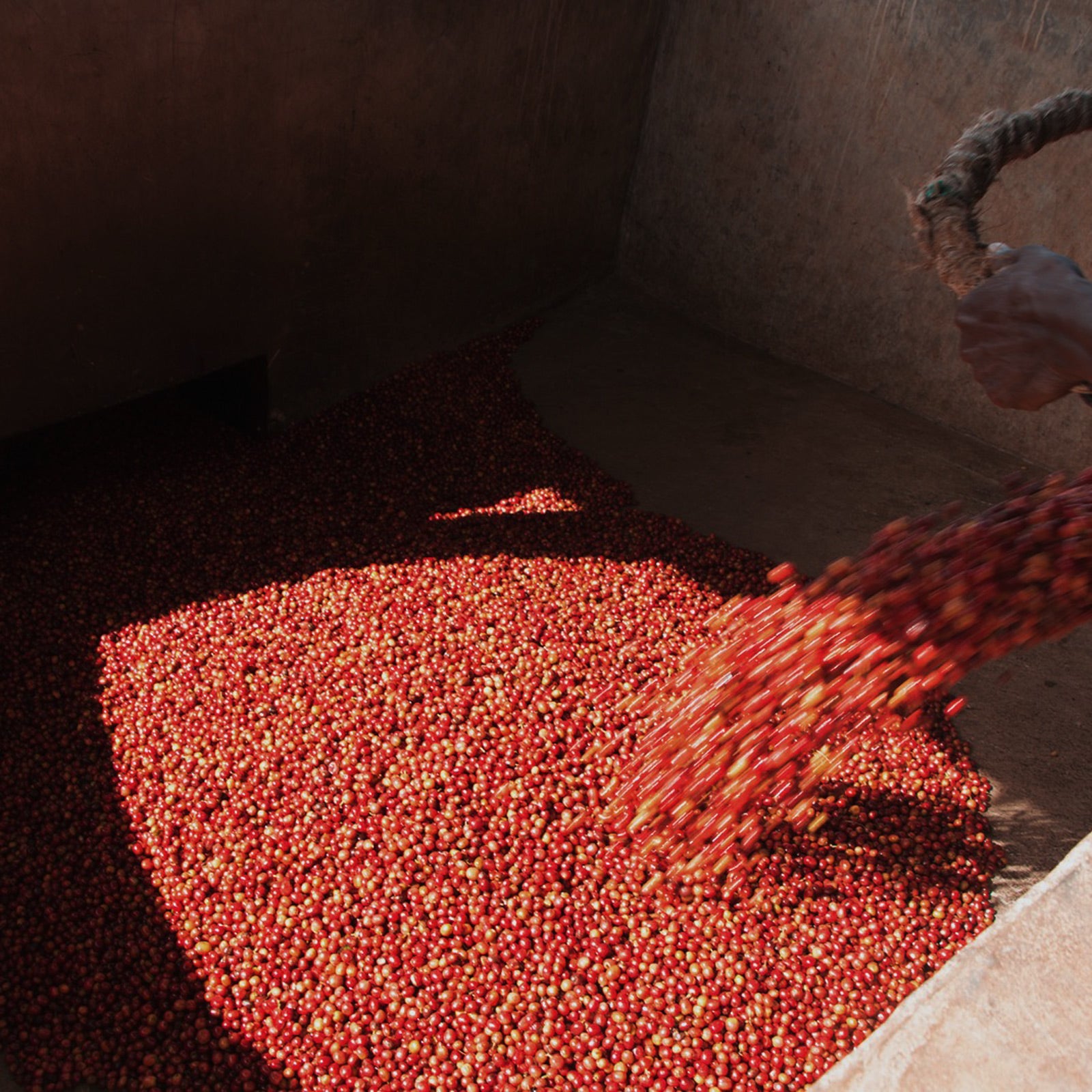
Coffee Arabica
Kent
Kent is a highly regarded Arabica cultivar, mainly grown in Kenya and other high-altitude regions. A Bourbon derivative, it was developed in the early 20th century to improve disease resistance while maintaining excellent cup quality. Best grown at altitudes of 1,200 to 2,000 meters, Kent produces a rich, complex flavor with vibrant acidity, bright citrus notes, and a full body. It often features berry-like flavors such as blackcurrant and strawberry. While disease-resistant, Kent’s lower yields and need for careful cultivation make it a specialty coffee favorite, especially in Kenya.
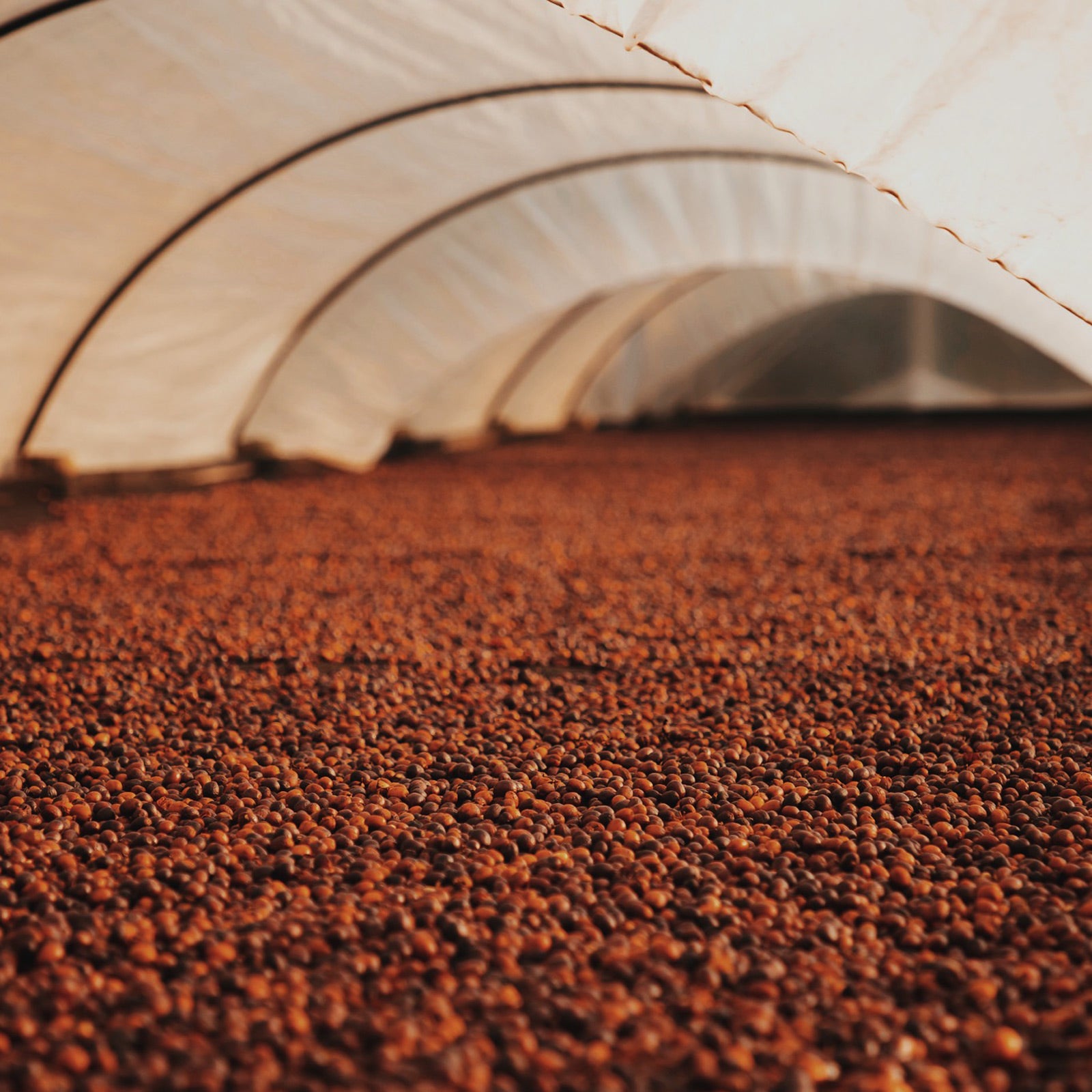
Coffee Arabica
Bourboun
Bourbon is a mutation of Arabica discovered on Réunion Island (formerly Bourbon Island) in the 1700s. It produces round, well-balanced beans with a higher concentration of lipids and sugars, which contribute to its smooth, sweet flavour. Bourbon trees grow at moderate altitudes (900-1,500 metres) and its high-quality beans have a more consistent size and shape compared to other Arabicas. Bourbon is particularly susceptible to pests and diseases, which makes it a less reliable producer but highly sought after by coffee connoisseurs. Bourbon is the foundation of many high-end varietals in South America, such as SL28 and Typica.





